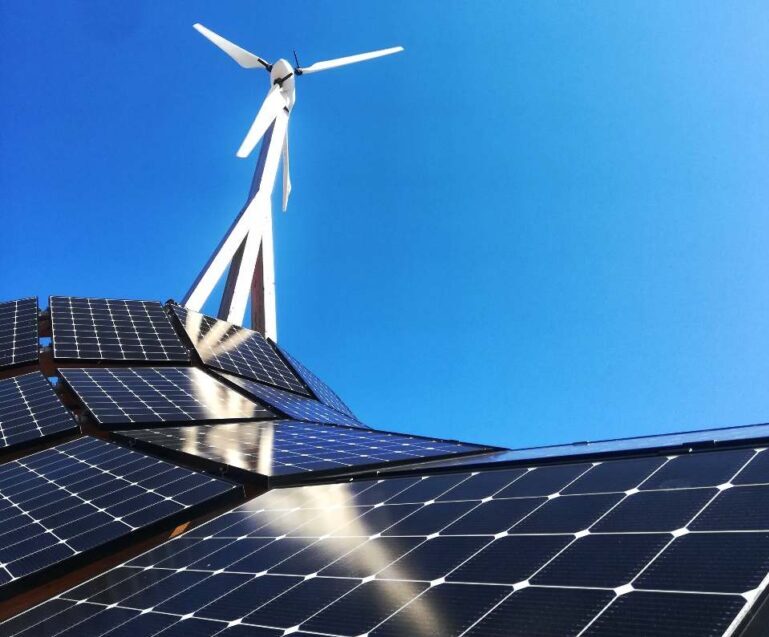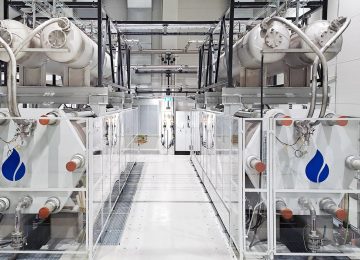In an era defined by rapid technology and explosive growth within the technology industry, a critical conversation is taking center stage: how can innovation drive progress without compromising the health of our planet and environment? This World Environment Day, industry leaders are increasingly recognizing that sustainability is not just an add-on, but an intrinsic part of responsible technological advancement. From shifting consumer behavior through intelligent marketing to developing greener cybersecurity solutions and optimizing AI’s energy footprint, a shared vision is emerging for a more harmonious relationship between technology and the Earth.
Opinions from Industry Leaders on Technology’s Role in Sustainability
Empowering the Eco-Conscious Consumer: The Marketing Imperative

True sustainability hinges on consumer engagement, often overlooked as a brand’s internal affair. Even if brands adopt renewable materials or eliminate plastic, the impact is limited unless consumers are aware, care, and actively participate.
Marketers’ unique position to influence consumer behavior can transform packaging changes into value statements, design loyalty programs that incentivize recycling, and embed subtle nudges in packaging.
Digital tools like apps, push notifications for sustainable options, and digital receipts fuel greener alternatives. Simple QR codes on packaging can educate and inspire action.
Leveraging tools like Google Ads and Meta platforms allows for precise targeting of eco-conscious audiences. Programmatic ads minimize waste by ensuring sustainable messages reach the relevant context.
Similarly, AI technologies can analyze sentiment, fine-tune messaging, and track what resonates, effectively turning passive consumers into active participants. The ultimate goal is to “close the loop” by connecting brand sustainability efforts with consumer action, which he deems crucial for the planet.
Cybersecurity’s Green Evolution: Protecting Data, Preserving the Planet

The mission to protect data must evolve hand-in-hand with environmental protection, asserting that digital safety and sustainability are deeply interconnected goals.
Traditionally viewed as high-compute and energy-intensive, cybersecurity is undergoing a transformation. Technologies like dynamic key generation for AES encryption (reducing complex key exchanges) and format-preserving encryption (easing cloud load) reduce processing power and energy use, leading to more efficient digital systems.
I am witnessing a global movement among tech companies, from India to Europe and North America, towards cleaner infrastructure, energy-efficient practices, and the design of tools that consume less while achieving more.
Every small optimization in code or energy saving contributes significantly. Shaping a sustainable future will shape the future of cybersecurity, ensuring the safeguarding of both digital and natural world for generations.
Responsible Innovation for a Sustainable Future

While technology shapes our world, its increasing hunger for computing power, especially from advancing AI and AI accelerators like GPUs, strains data centers and significantly increases emissions, raising environmental concerns.
The semiconductor industry is both the source of the challenge and a key part of the solution.
There is a need to strategically deploy AI at the edge – running AI on devices, in factories, or closer to the data source – rather than routing everything back to central data centers. This approach dramatically reduces energy consumption, alongside improving latency and data privacy. SiMa.ai’s core focus revolves around this principle.
The clear objective is to build technology that drives progress responsibly. The future of innovation must be sustainable, ensuring that the planet is not an afterthought in the pursuit of technological advancement through strategic edge AI integration and continuous chip efficiency improvements.













